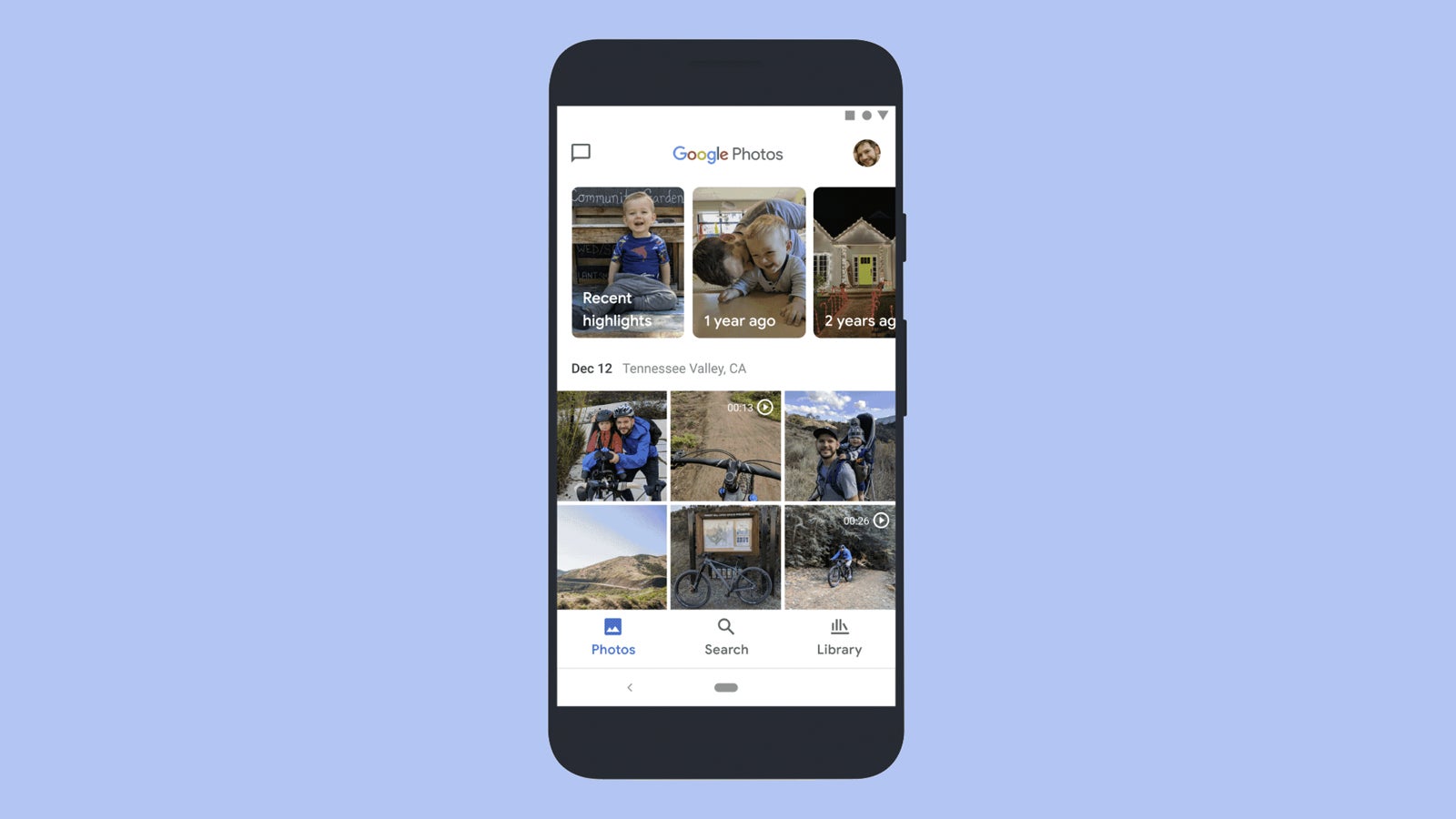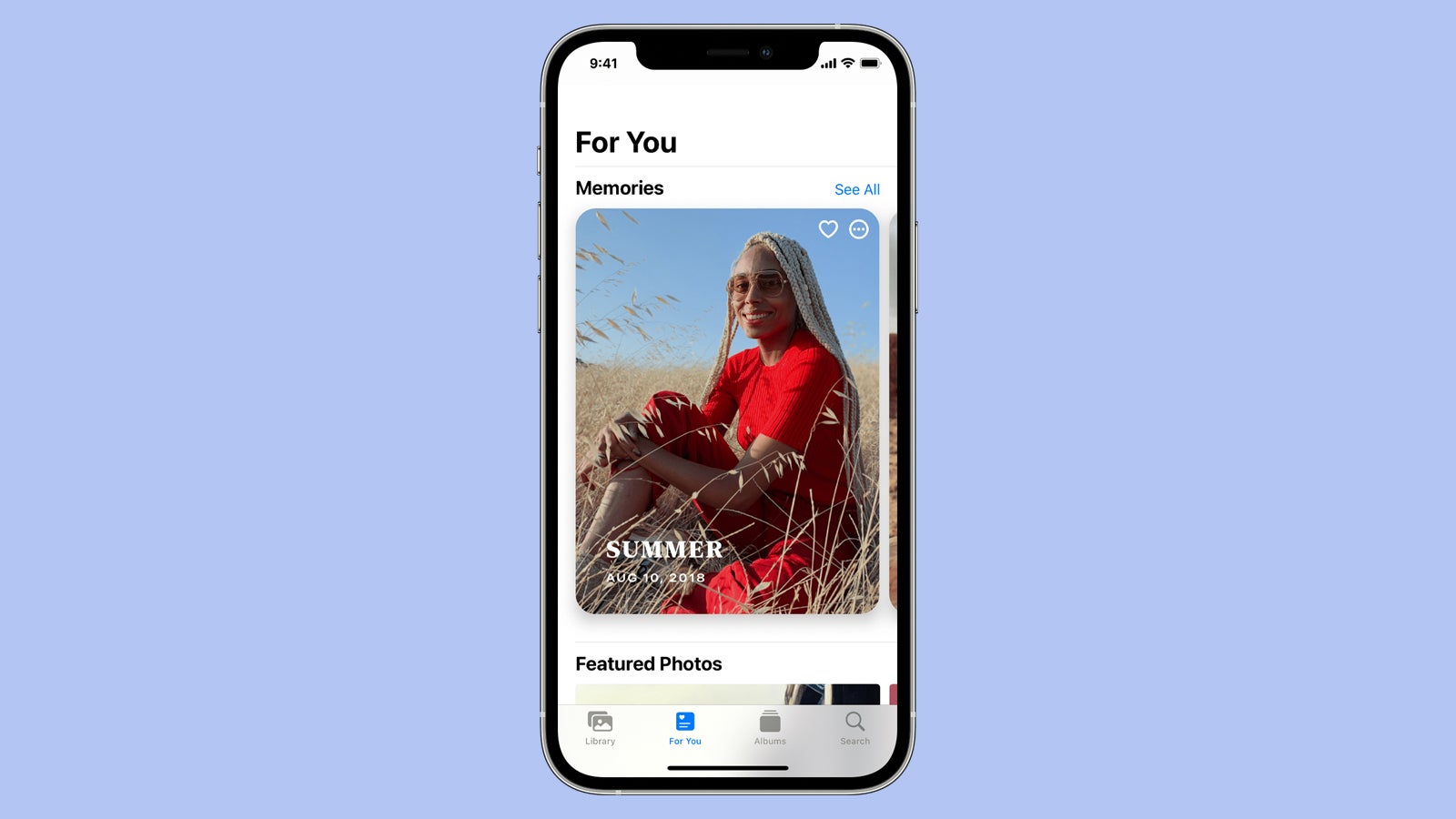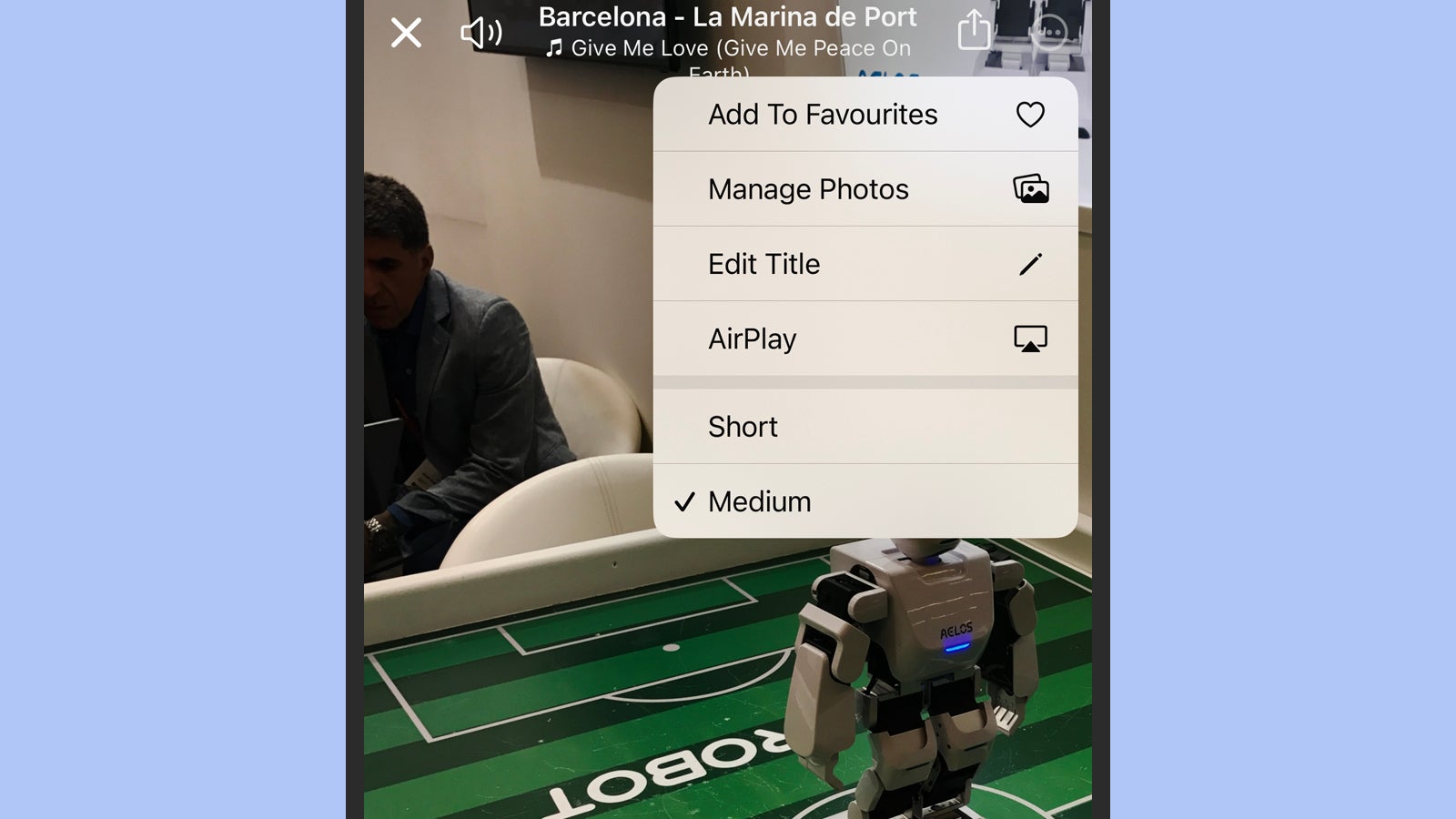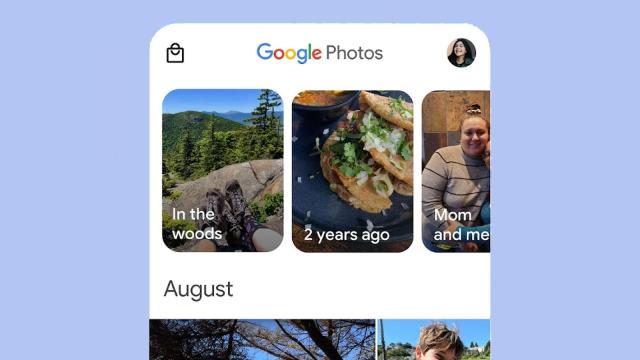If you think about how many photos and videos most of us are loading on to our smartphones with each passing day, it’s perhaps no surprise that there’s rarely time to go back through and pick out special moments or particular highlights — which is why photo library apps have started doing the curation on our behalf.
Both Google Photos and Apple Photos come with ever-improving ways of surfacing memories from the past: A particular landscape, a memorable grin from your child, a well-timed picture of a pet. A lot of these features are automatic, but there are ways to tweak how they work and take more control over our digital memories.
Google Photos
Load up Google Photos for Android or iOS, and you can find your Memories up at the top of the Photos tab: Google says these are created “based on your best photos, trips you’ve taken, and moments you’ve celebrated” — they will of course be unique to you, and might include compiled videos as well as photos.
In an attempt to make these collections more immersive, you might see a subtle zoom effect on some static images, and perhaps a clip or two of instrumental music. Extra effects that the algorithm occasionally deploys are cinematic photos (creating a 3D effect with a subject) and the use of graphic art that’s intended to mimic a scrapbook.

On some Memories, including the cinematic photos, you’ll have the option to save the creation to your library; there might also be a Print option that links to physical products. You’ll always have the option to share Memories with other people, too — just click the share button (the familiar three dots and two lines in a lesser-than sign). There’s also always a Favourites star if you want to be able to find something again later.
Of course there will be certain people and places that you’d rather not be reminded about. From the Google Photos app, tap your profile picture (top right), then Photos settings and Memories. You’ve got two options here — Hide people and pets and Hide dates — that let you put restrictions on the Memories that you see (and Google’s algorithms are pretty good at recognising who is who in your photo library).

Tap Advanced or Featured memories to take some control over the type of Memories that you see as well. You might want to stick to recent highlights rather than bringing back photos and videos from years ago, for example, or you could choose to see collages but not cinematic photos.
All of the same options are available in Google Photos on the web, too. Your Memories appear up at the top of the Photos tab, and you can click on any of them to get to the favoriting and sharing options. To change the Memories you see, and to exclude certain people, pets and dates, click the cog icon (top right) and then choose Memories.
Apple Photos
The Photos app that Apple puts inside iOS, iPadOS and macOS has a similar Memories feature that works along the same lines as the one in Google Photos. On iOS and iPadOS, tap on the For You tab to see what the app has picked out for you: You can swipe through the selection, or tap See All to access everything on the same screen.
These “curated collections” are made up from “significant people, places and events” that have been identified in your photo library, Apple says. You can actually apply a different ‘mix’ to a Memory, if you want to: Tap on one to open it, then tap the screen and select the Memory mixes button (the musical note). You can swipe to change the music mix, and tap the filters button (three circles) to change the look of a Memory.

While you’re watching a memory, you’ll see the option to share it with other people up in the top right corner, together with a menu button (three dots inside a circle): Tap this button and you can save a Memory as a favourite so you can find it again later, change the title of the Memory, and add and remove photos or videos inside it if needed.
As with Google Photos, you can limit what you see in Memories, but you have to do it from the Memories themselves (so you might see something you don’t want to until you’ve tweaked the feature): Tap the menu icon (three dots inside a circle) in the top right corner of a memory, tap Feature Less, and then pick from Feature a Person Less, Feature This Place Less, Feature This Holiday Less, Feature This Day Less, or Feature These Days Less (you might not see all of these options in every Memory).

You can turn off Memories altogether by heading to Settings in iOS or iPadOS, then tapping Photos and turning off the Show Featured Content toggle switch. If you want the app to forget about the restrictions you’ve previously put in place on what you want to see, you can do this via the Reset Suggested Memories and Reset People Suggestions options on the same screen.
Over on macOS, you’ve got a similar set of options: In the Photos app, you’ll see a Memories entry in the navigation pane on the left that you can use to get at the curated collections that Apple’s algorithms have put together. You can share and favourite Memories from the desktop, but you don’t get the same sort of options for remixing and editing them as you do on your phone.
